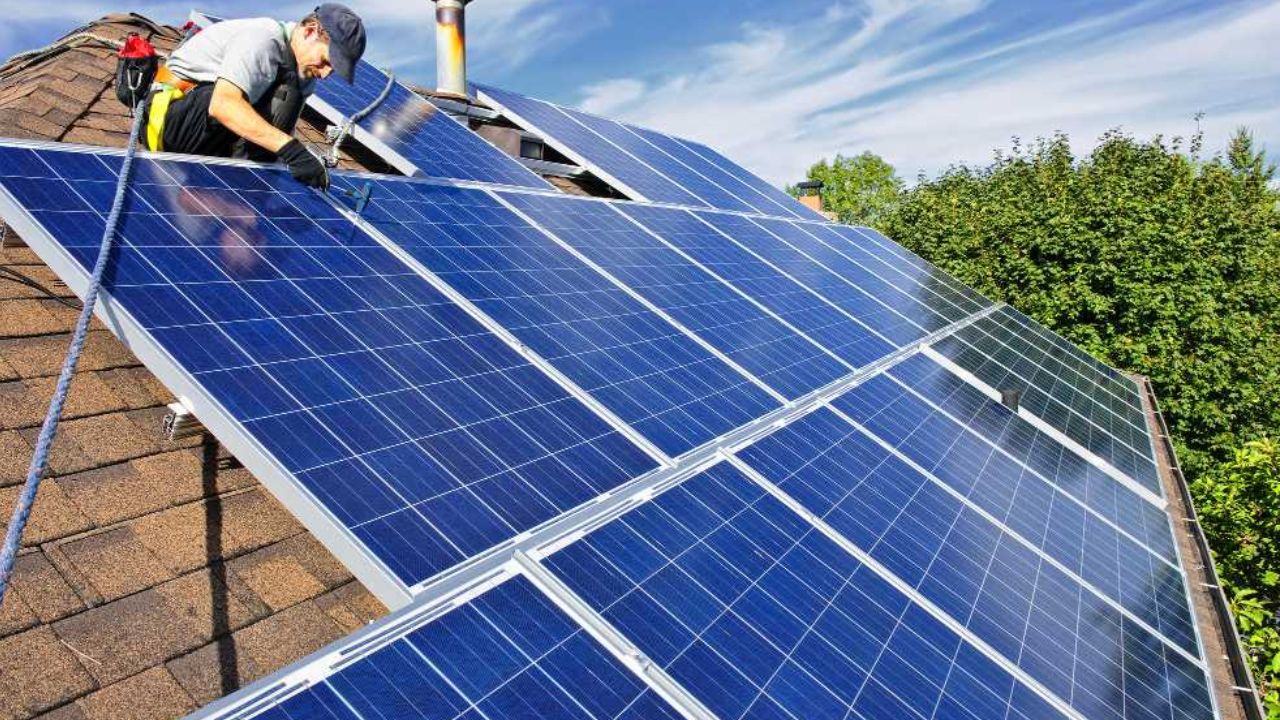Solar roof tiles are an excellent and quickly becoming popular clean energy-producing technology. Although installing solar tiles in the right direction becomes crucial, many businesses and homeowners are eager to integrate this technology into their buildings. Solar Roof Panels Supplier ensures to provide high-efficiency energy. The direction has a great influence on the performance and power production of solar roof tiles. This article focuses on the aspects that define the optimal orientation of solar roof tiles to maximize energy output and efficiency.
Orientation and Its Significance
The efficiency of the solar roof tiles is greatly influenced by their placement. These solar roof tiles are installed on the roof like regular shingles, meaning that the placement’s direction and angle are even more crucial. Making sure the body is exposed to sunlight at all times of the day is the primary goal of boosting the body’s energy production.
Roof Angles and Slope
Besides direction, angle, and tilt of the roof is also a major consideration when it comes to the efficiency of solar roof tiles. The optimal tilt angle is normally equal to the latitude of the place. For example, if the property lies at 30 degrees latitude then the solar roof tiles would need to be tilted at 30 degrees. This orientation makes certain that the tiles get the best exposure to the sun all year round. Where the natural angle of the roof is not optimal for the tilt, then mounting systems are used to correct the tilt of the solar tiles. These systems enable a certain degree of freedom and it is possible to obtain the best possible orientation in terms of energy production without any loss.
Impact of Seasonal Changes
The direction and angle of the solar roof tiles are also affected by seasonal changes. In winter, the sun is lower in the sky and thus to capture maximum sun radiation a higher angle of tilt is required. On the other hand, during the summer period of the year, a small tilt angle is appropriate because the position of the sun is higher. It is especially important in areas where there are drastic changes in the weather, for instance, when the mounting system is fixed on a building. Such systems allow property owners to change the angle of the solar roof tiles to provide the best energy output throughout the year.
Overcoming Shading and Obstructions
Orientation shading and blocking are major factors that should be considered when choosing the direction of solar roof tiles. Shadows from trees, buildings, and other structures can fall on the tiles and reduce the efficiency by a large margin. A site survey must be carried out to check for areas where shading may be a problem before installation. If shading is an issue, then other options such as microinverters or power optimizers can be used. These devices assist in reducing the effect of shading by enhancing the efficiency of every tile to produce energy at the highest capacity.
Conclusion
Choosing the orientation of solar roof tiles is a crucial stage in their effectiveness and the amount of energy produced. This is why it is crucial to know the proper orientation of the building, the angles of the roof, the changes in the climate, and possible shading to reach the highest efficiency. Taking into account these factors, homeowners and businesses can make rational decisions for obtaining sustainable and cost-efficient energy solutions and utilizing the full potential of solar roof tiles.
